Understanding Coral Diseases as well the nutritional needs of corals has been one of the shortcomings of science and the hobby since Jacques Cousteau introduced us to the coral reefs in the 1960s. We have made extensive progress in improving coral husbandry as evidenced by our now being able to keep almost any coral in a closed system clearly demonstrates this. But despite these advancements, corals still die in our tanks for seemingly unknown reasons and even worse whole natural reefs often succumb and die in similar fashion.
Along with this and possibly contributing to this we still know relatively little about how well we are providing for the nutritional needs of our charges. Ever since viewing the work of Jamie Craggs in breeding corals which in part occurred because he made a concerted effort to find and meet his coral’s nutritional requirements, I have been fascinated with this aspect of coral husbandry. While it is true that corals can survive and even grow on just light and fish waste, from my experience in most instances this is not enough to meet the energy requirements they have to successfully spawn. Even though we can grow corals into colonies large enough to spawn, if they are not supplied with adequate nutrients and food, they will not produce the eggs and sperm required to reproduce successfully.
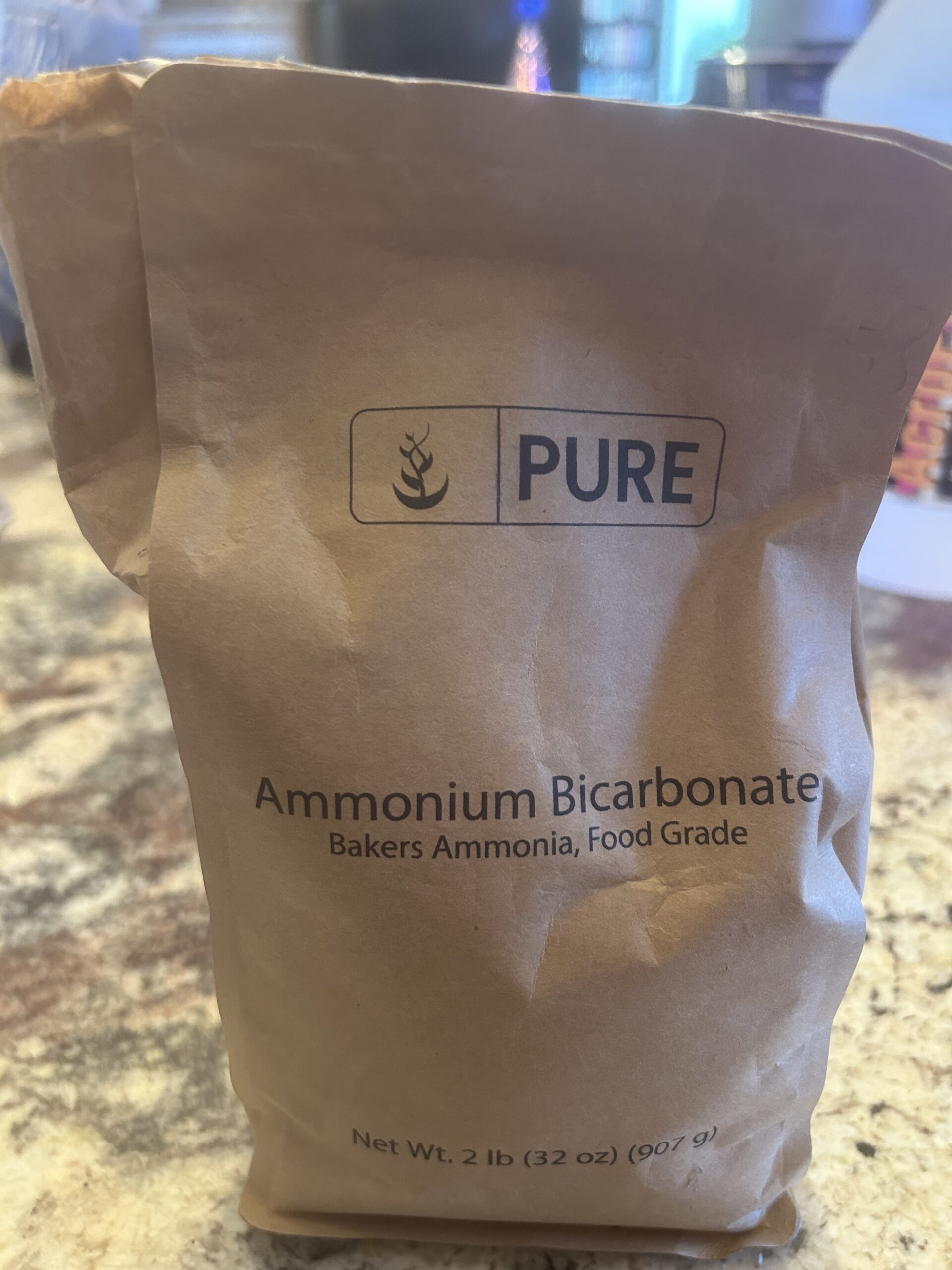
Over the past five years, I have tinkered with many different modalities to try and meet the coral’s nutritional needs including feeding a multitude of frozen, freeze-dried, and commercially prepared foods. In addition, I also spent a year growing phytoplankton and rotifers to feed my corals. Unfortunately, to date, none of these various feeding regimens produced the desired result in that no eggs or sperm were ever found to be developing when coral branches were broken off and examined. Worse yet, in some cases, the feeding of some of these foods seemingly did nothing more than produce nutrient spikes, and these often led to other problems.
Before I continue, I am going to stress that in no way are the two methods I am going to discuss any more than in their infancy in terms of our understanding of what they are producing and as such if you decide to try them it is at your coral’s peril. Again, as many television shows often state, do not try this at home and past performance is not indicative of future results. In the first method, I am going to discuss what has already shown to be of significant interest after Sanjay and I discussed this on the ReefBum podcast with Keith. During that podcast, we discussed the use of ammonia, rather than nitrate, as a means of providing for coral’s nitrogen requirement. Sanjay had been using this method for approximately four to five months when I saw his tank last October.
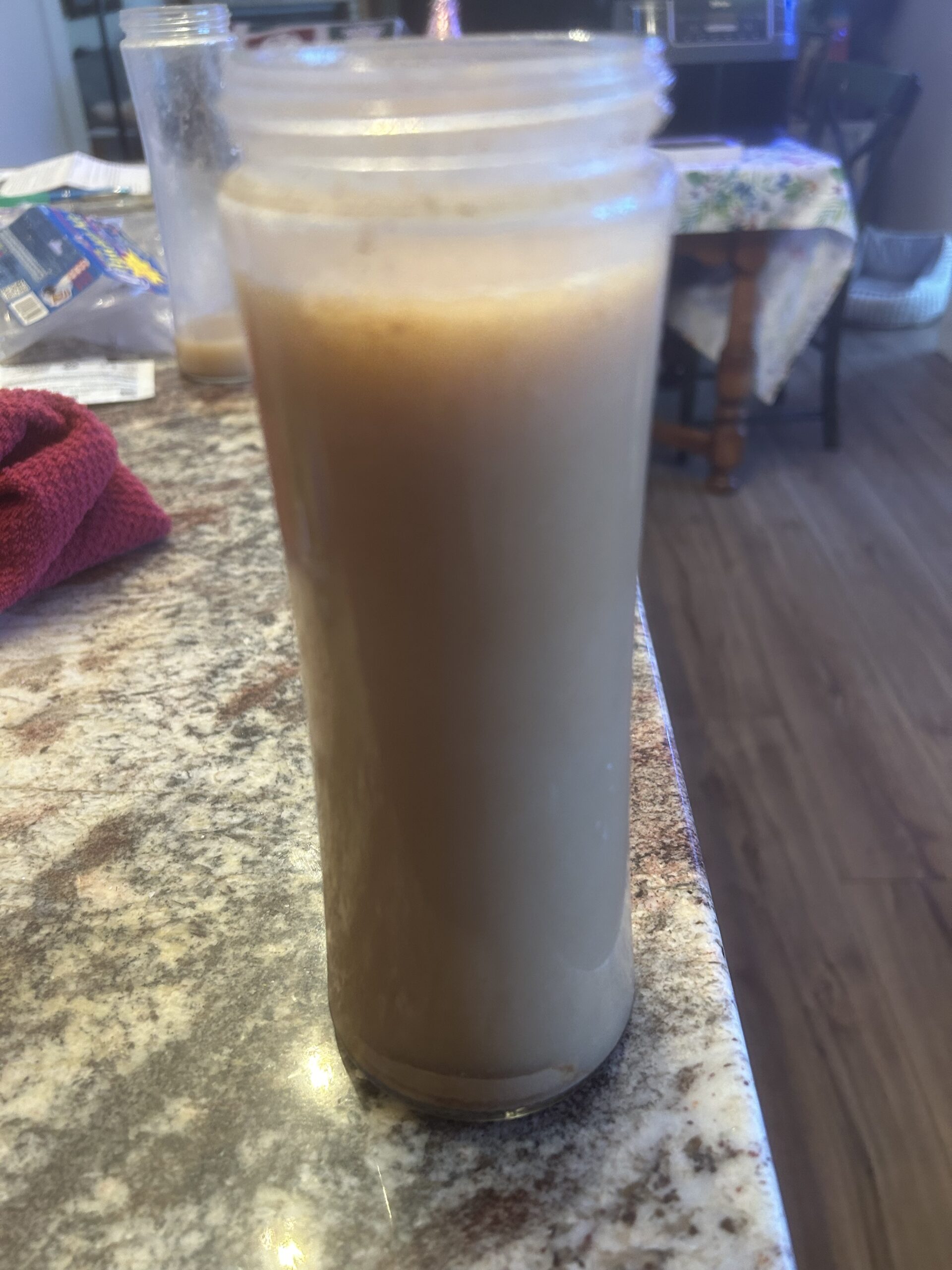
Prior to this, I had seen Sanjay’s tank six months earlier and to my untrained eye when I saw it then it was not at the usual level in terms of health and growth that it had been at over the past decade. I am fortunate in that I take the three-hour drive up to see Sanjay at least a couple of times a year and take lots of pictures each time. So, when looking at pictures from six months prior it confirmed that his tank was not up to the level that it had previously been at. However, when I saw his tank in October it was as vibrant and healthy as it had ever looked.
To be honest, as I told him, I was overwhelmed with how awesome it looked. When I asked what changes he had made to evoke such an improvement, he said nothing really other than he had lowered his nutrient levels and that once the nitrate levels had gotten below a number to his liking, he had started dosing ammonia instead of nitrate in order to provide for the coral’s nitrogen needs. Sanjay had gotten the idea from literature as well as an article that Randy Holmes-Farley had written on Reef2Reef explaining the dosing. The reasoning behind it is that there is some evidence that corals are better at utilizing ammonia rather than nitrate to meet their nitrogen requirement and by doing it this need would be better met. And while ammonia can be toxic at moderate levels to some fish, as long as small doses are provided over time this should not be an issue.
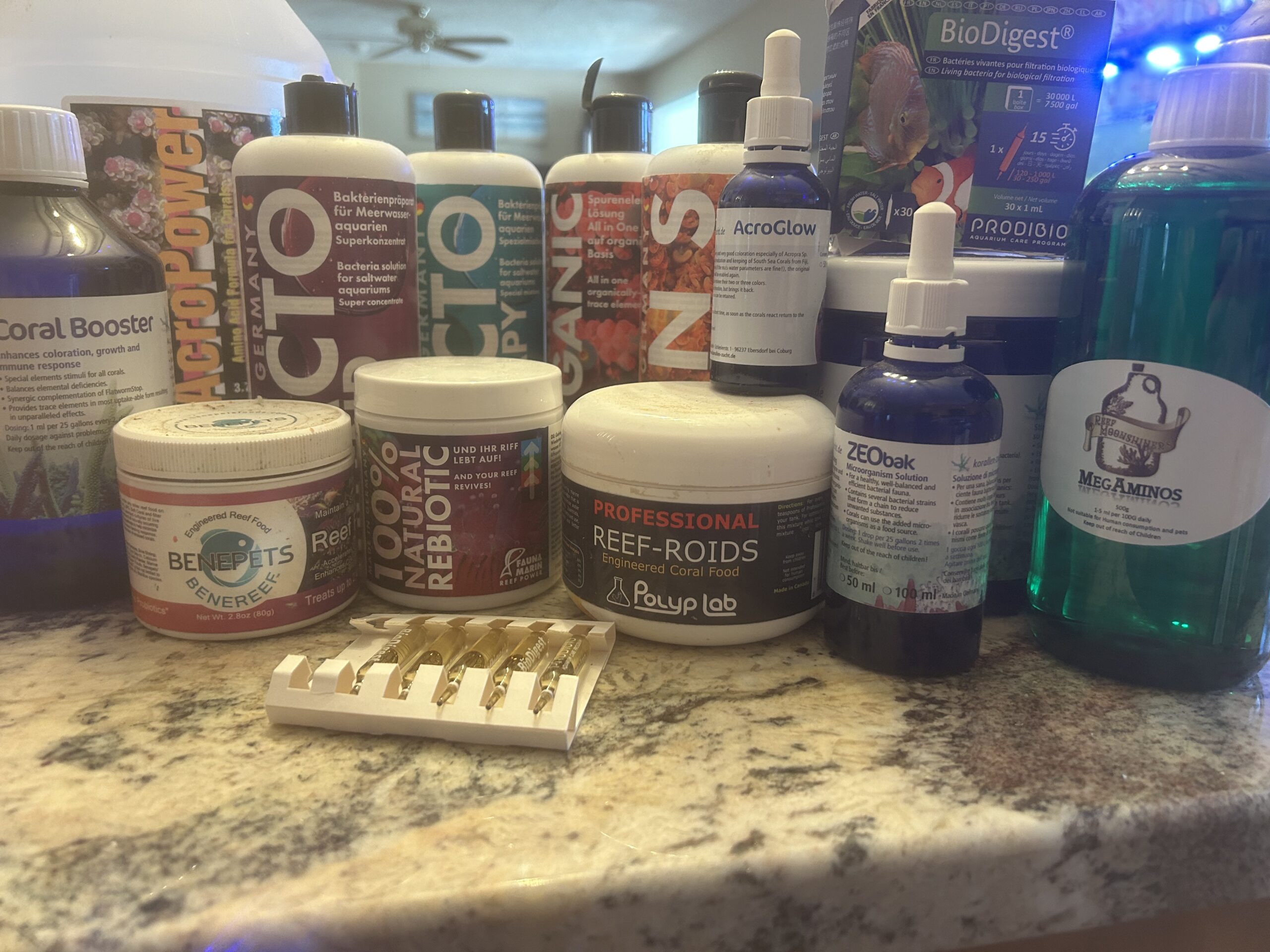
After seeing Sanjay’s success using this method, I decided to also give it a try. Ammonium bicarbonate was purchased from Amazon and 20g was mixed in one liter of RO/DI water to make a stock solution. Since Sanjay’s tank is the same size as mine, I began adding this solution, slowly at first, to my own tank. For my 600-gallon system, 40 ml was added per day in 10 ml increments every six hours. I started at 10ml per day and over ten days got it up to the full dose. I have now been adding ammonia since October and while in my opinion, I have not seen quite the breakout in vibrancy and growth I saw in Sanjay’s tank, this may at least be attributable to my seeing my tank every day so small changes are not quite as noticeable as is the case for a tank that I had not seen in six months like Sanjay’s. But for people who have viewed my tank in a similar way to how I saw Sanjay’s they have all thought that the coloration and growth in my corals was as good as it had ever been.
Just as importantly there have not been any noticeable negative effects of adding ammonia other than after the first few doses the nitrate levels began to rise so I had to increase the carbon dosing. Also, one older fish died within an hour after one of the first higher doses. This may have been from ammonia poisoning, but there is nothing directly pointing to that.
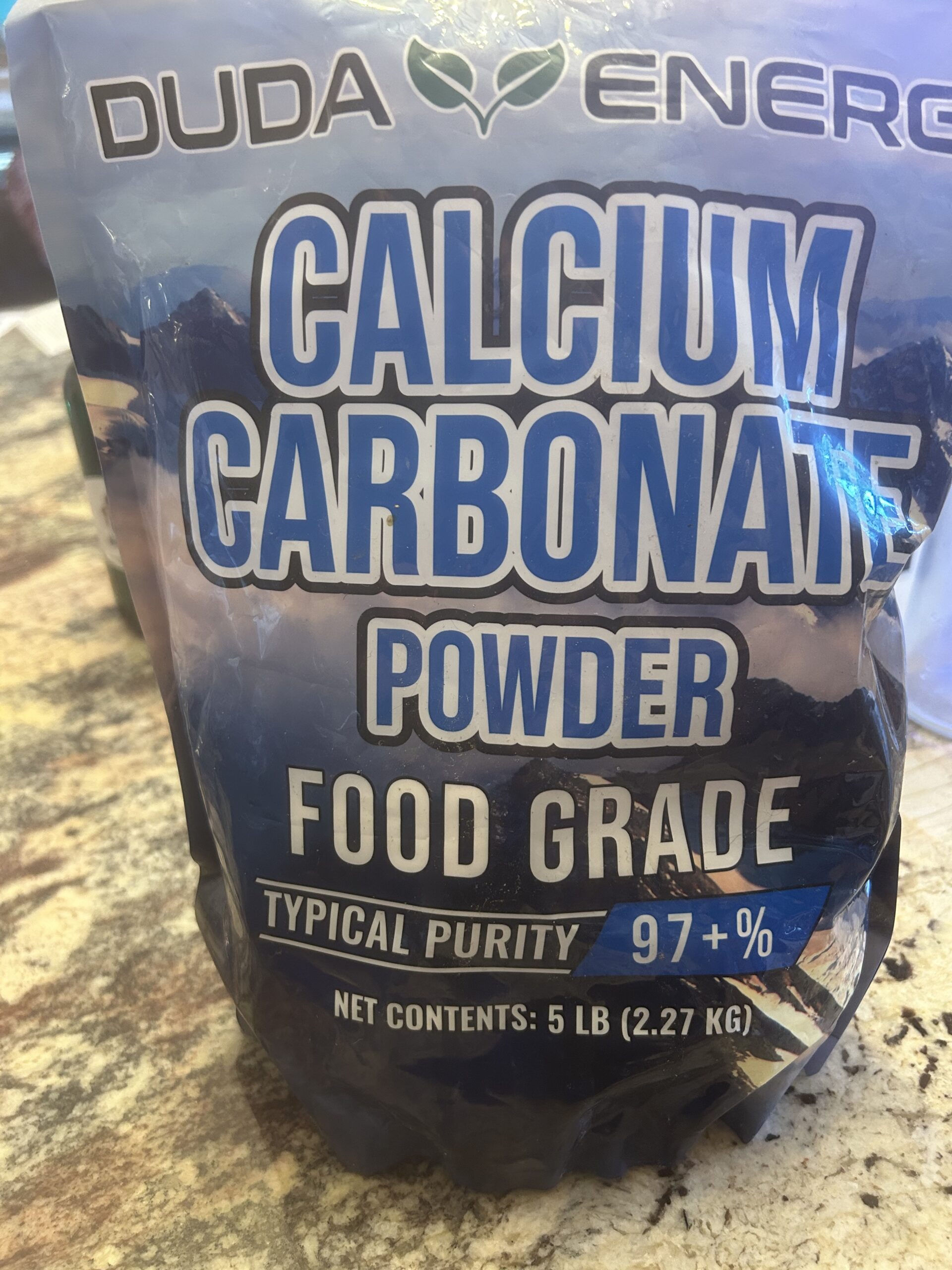
While I have been dosing ammonia now for almost five months, I have only been using this other method of feeding corals for slightly more than two months. Since this is an even newer, and possibly more controversial way to provide for coral nutrition, I again suggest that you not try it until more experience is gained with it. I learned about this method after watching a podcast by Allan Vo and after speaking with him on numerous occasions, as well as watching his presentation on the subject on YouTube called Critical Reef Therapy by CRT.
The premise for this methodology is that while light alone can provide for upwards of 70-75% of a coral’s nutritional requirement there are studies that providing bacterial food for corals can keep a coral alive even in the absence of light. That is unlike how we generally think of corals as these big mouths that just pluck plankton and other food from the water as it flows past, in reality, corals feed more on the bacterioplankton that they capture via their mucous and other mechanisms. This bacterioplankton is so widespread in the ocean that it comprises the vast majority of taxonomic diversity in the ocean. Looking at the literature and our experience in the hobby and it is pretty clear that we may have been missing the boat, at least in part as to how best to meet the nutritional requirements of our corals.
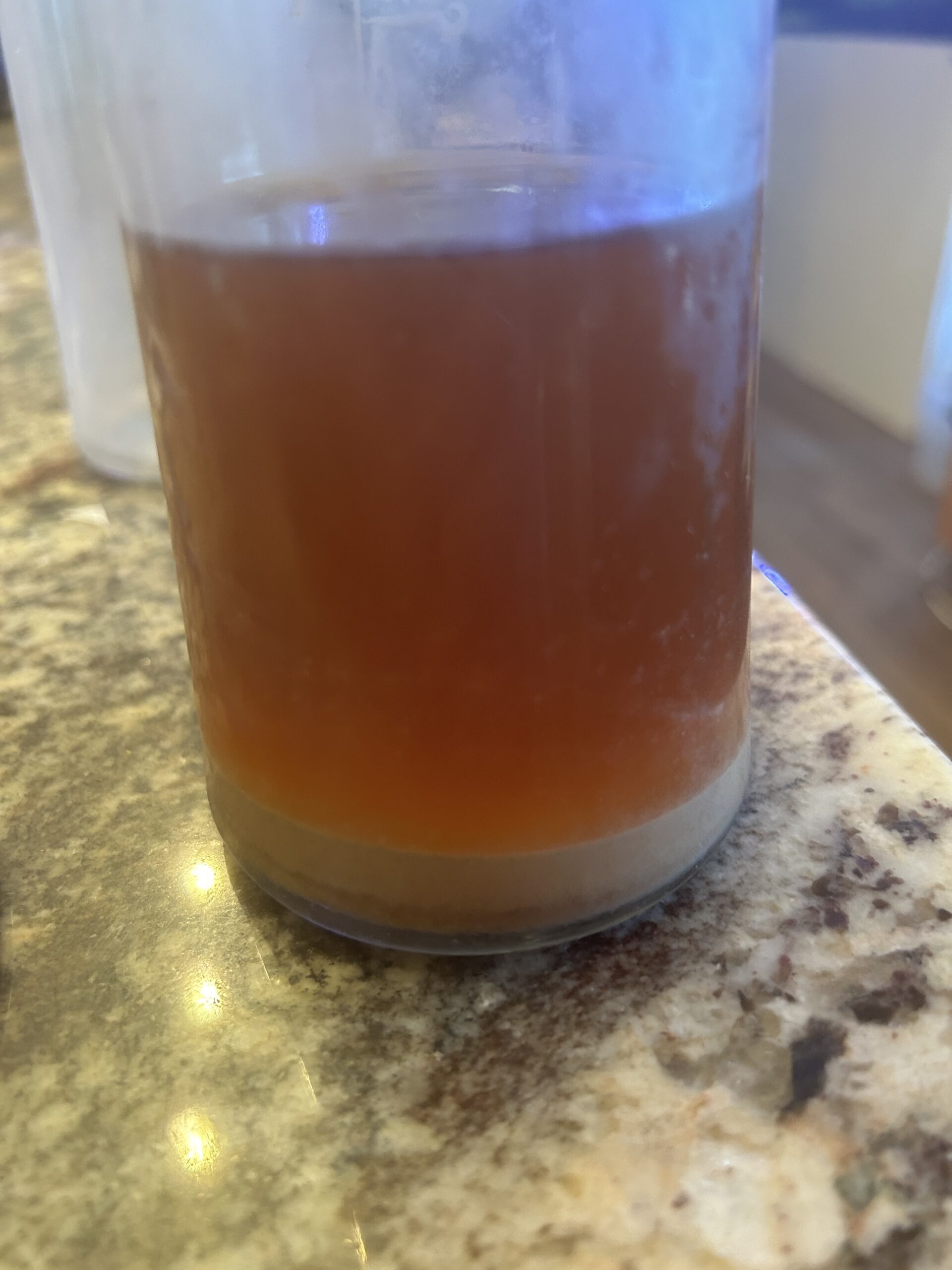
While this method may seem completely new, Allan actually based it on Biofloc papers like the one published by John Hargreaves in 2013. In his discussion, Allan shows how and why he has devised a bacterial-derived “concoction” which may solve some of the problems of getting proper nutrition to sps corals. Unlike LPS corals with their large mouths that readily take in prepared foods as well as large chunks of protein like mysis, or copepods, for SPS it is more difficult to find suitable-sized food. Up until recently, the last year or so, bacteria as a food source was not really considered. While bacteria itself is a relatively simple organism, solving how to make it into a food source took some ingenuity, which Allan, as well as several others, have seemingly worked out. In a nutshell, their process uses a container outside of the tank to act as a kind of external stomach to make this concoction a viable food source for SPS corals.
While I am not going to provide his or other’s “recipes” in this article, it is my hope that if you are interested in using this method you will do your research and make your own decision as to whether to use it or not. But I will provide the basics required to make the concoction. The first thing needed is probiotics, which are living bacteria. The probiotic name means they are beneficial rather than pathogenic. There are a multitude of commercial preparations of bacteria to choose from on the market and different authors are using different preparations of these. Unfortunately, to date, we do not know which strains work best for this method, which are good food sources for corals nor even which may contain some pathogenic material.
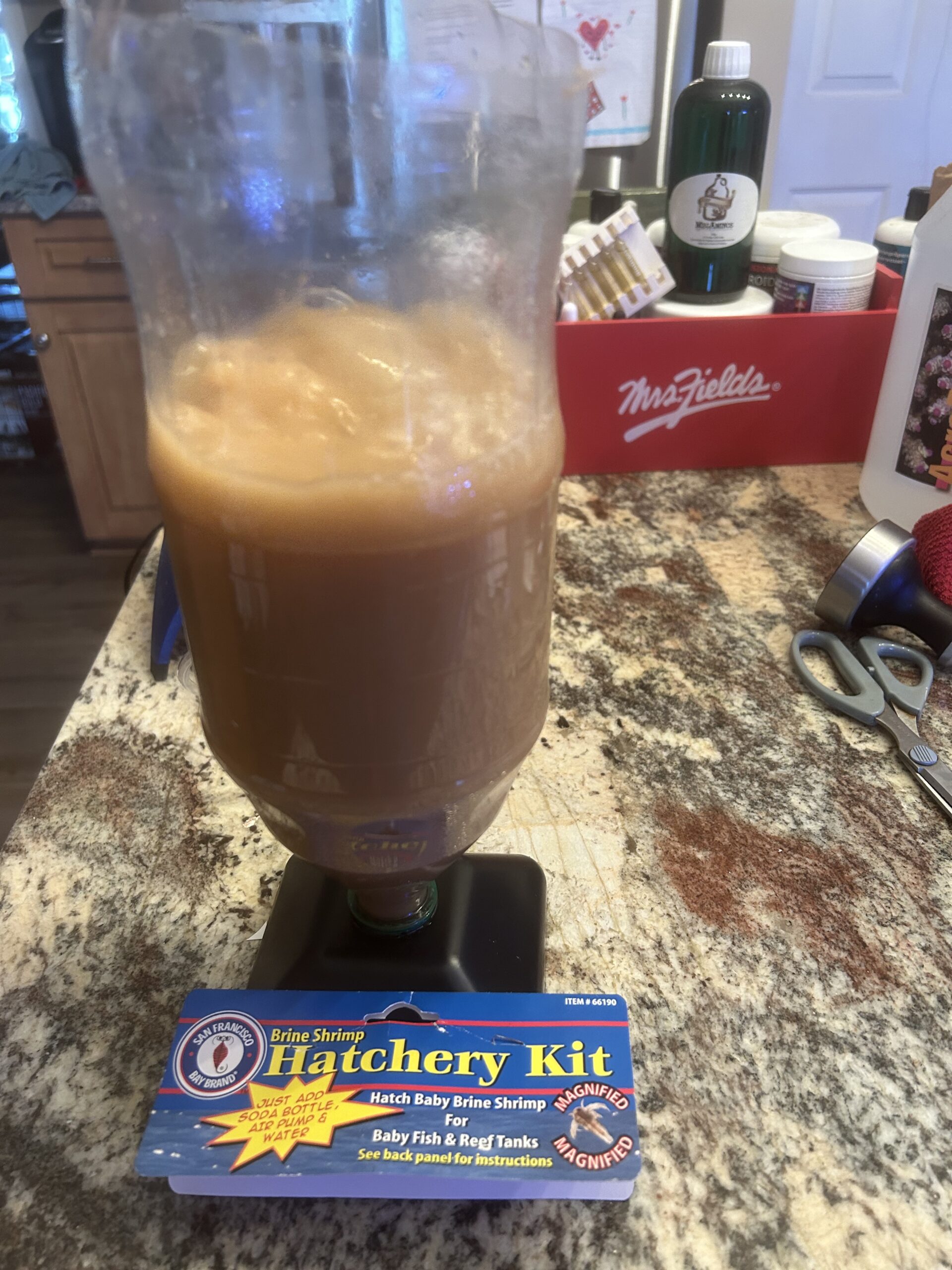
I use a couple of commercial brands for my concoction and have found some to be better than others. Please be aware that this method does have some potential to introduce pathogenic bacteria to a tank since fundamentally it requires growing large amounts of bacteria, so take heed. The second component is a carbon source. This can be vodka, vinegar, or even amino acid solutions. This is critical as bacteria do not grow without a carbon source. It will be depleted rapidly once the bacteria start to flourish so it needs to be replenished. The next component is to me the most interesting as it is the food source for the bacteria and is also a food that the corals will benefit from.
For this, I am using a couple of foods that I have found LPS corals eat with gusto. Over time I hope to try a variety of foods to see which foods are beneficial and hopefully even which provide the greatest feeding response. Next are enzymes, which help the bacteria to consume the food that will feed the corals. I have tried getting this concoction to develop without the use of enzymes, but it failed. The next thing to be added to the concoction is a flocculant, like calcium carbonate. This helps to keep the concoction in suspension so that it can be consumed by the corals. While still really in the experimental stage, the addition of trace elements may be the next addition.
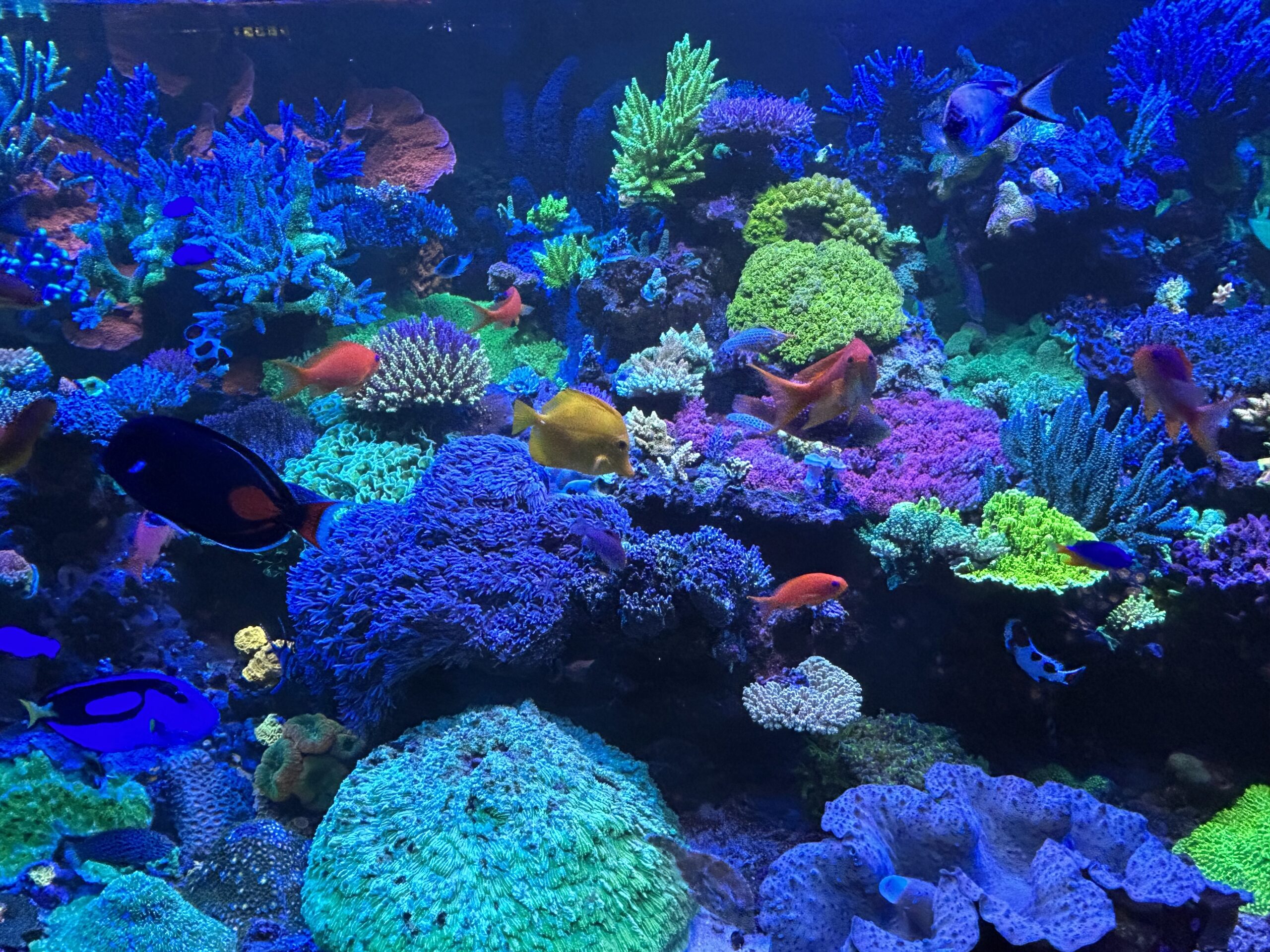
To date, I have been unable to find anything in the literature indicating that corals directly consume trace elements. However, there is considerable evidence that bacteria consume trace elements and their being taken up by the corals is how they are consumed. For this reason, I am now adding some crucial trace elements to my concoction and will eventually try to tailor them if a benefit is seen or not seen. The last two aspects of this process are adding clean pure saltwater, that is devoid of any pathogenic bacteria. Since this could be a devastating misstep if they were introduced, I now microwave all saltwater for 2 minutes and allow it to cool before adding it to the mix, this should limit the introduction of pathogens from this source. Lastly, the mixture needs to be constantly aerated in order to keep the food and bacteria in suspension. If it is allowed to compact anoxic conditions can occur and this could reduce the benefits.
The mixture should be allowed to coalesce for a day at which time it should not be allowed to settle. It will look like coffee with lots of cream and when in the proper state there will be bacterial packets visible within the mix. Once the concoction has developed it can be fed regularly, I feed it every other day while feeding ammonia on the off days. After a little over a month, I believe I started to see a greater feeding response in the corals along with thicker and more extended polyp extension at night when this food should be fed. To date, there have not been any negatives seen other than after one episode where I got lazy and fed an excess, 800ml versus the usual 200ml, which resulted in a significant drop in both nitrate and phosphate. Nitrate dropped from 15 to .05 and phosphate went from .1 to 0.0. This had a negative effect on a couple of corals and led to their demise. For this reason, I have learned the hard way (and suggest it as well,) that if you employ this feeding regimen go exceptionally slow when starting.
As I stated above, these methodologies are in their infancy and some would suggest earlier than that, but they are a start in helping us to better manage the nutritional needs of our corals. Some will want to try this, while others will pooh-pooh the concept, both have their place in the hobby. I have been told that it is nothing more than a dangerous way to carbon dose a tank or that the risks far exceed the potential benefits. I remember similar conversations when the hobby was switching from trickle filters to protein skimmers. So discussions in this hobby during change are not new.
I have been asked how will I know if this works and when will it be considered a viable way to feed sps corals. At first, I did not have an answer, but then I realized it was right in front of me. I have been trying to find a successful way to feed SPS corals since I saw the work of Dr. Jamie Craggs almost seven years ago, in having his corals spawn. So to me, this methodology will be successful when it provides the energy my corals are currently missing so that they get into spawning condition. Until then it will be another interesting methodology to test for feeding SPS corals or it may also be a means for improving the coral’s microbiome or it may work in improving something that we haven’t even thought of yet. I would like to thank Allan Vo for his work in this matter and for developing the concept.


